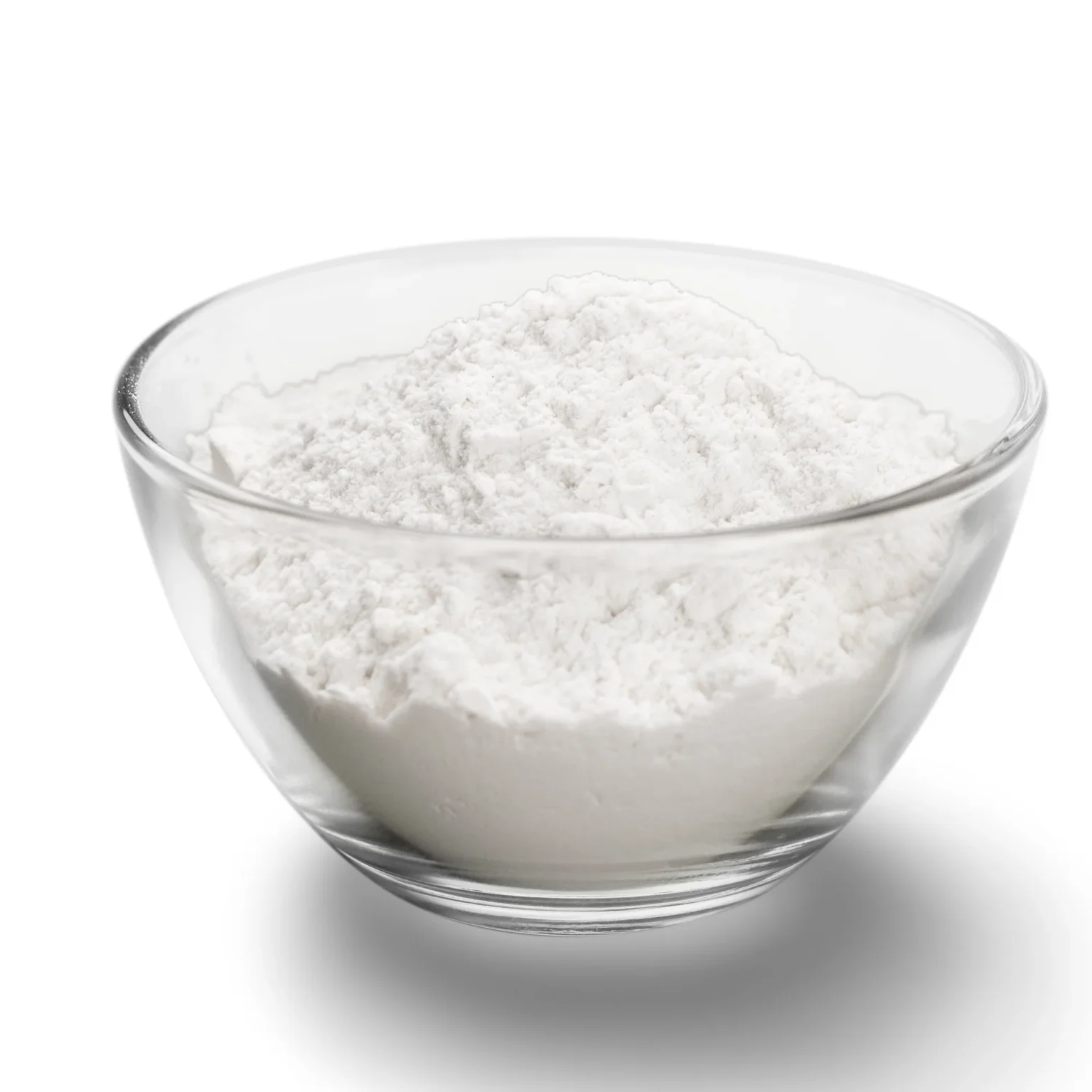
Introduction
In the world of industrial chemistry, certain compounds stand out for their versatility and performance. One such compound is Methyl Hydroxyethyl Cellulose (MHEC), a modified cellulose ether that has become a vital additive in numerous industries. At KIMA CHEMICAL CO., LTD, we understand the growing demand for innovative materials, and Methyl Hydroxyethyl Cellulose plays a crucial role in delivering solutions that meet stringent industrial requirements. From construction and coatings to personal care and pharmaceuticals, the applications of Methyl Hydroxyethyl Cellulose are as diverse as they are essential. This article will explore how this powerful compound enhances product performance, improves processing, and supports sustainable manufacturing practices.
Understanding Methyl Hydroxyethyl Cellulose
Methyl Hydroxyethyl Cellulose is a non-ionic, water-soluble polymer derived from natural cellulose. By introducing methyl and hydroxyethyl groups into the cellulose structure, its properties are significantly enhanced, resulting in improved thickening ability, water retention, film formation, and stability. These features make Methyl Hydroxyethyl Cellulose an indispensable additive in a wide range of formulations. Its compatibility with other chemicals, resistance to microbial degradation, and adaptability in different pH conditions further contribute to its industrial popularity.
Methyl Hydroxyethyl Cellulose in Construction
The construction industry is one of the largest consumers of Methyl Hydroxyethyl Cellulose. In cement-based mortars, tile adhesives, and plasters, it provides exceptional water retention, preventing premature drying and improving workability. Methyl Hydroxyethyl Cellulose enhances adhesion strength, allowing workers more time for adjustments during application. It also improves the consistency of mixtures, ensuring uniform application without sagging. For gypsum-based materials, Methyl Hydroxyethyl Cellulose acts as a stabilizer, preventing material separation and improving mechanical strength.
Role in Paints and Coatings
Paint and coating manufacturers value Methyl Hydroxyethyl Cellulose for its thickening, stabilizing, and emulsifying properties. It ensures that pigments remain evenly dispersed, preventing settling during storage and improving the overall texture of the product. Methyl Hydroxyethyl Cellulose also enhances the paint’s ability to adhere to various surfaces while improving brushability and roller application. Its film-forming capabilities contribute to a smooth finish and enhanced durability, making it a preferred choice for high-performance coatings.
Applications in Personal Care Products
In the personal care sector, Methyl Hydroxyethyl Cellulose is used in shampoos, conditioners, creams, and lotions. It serves as a thickener, emulsifier, and stabilizer, providing products with the desired viscosity and texture. Methyl Hydroxyethyl Cellulose improves the feel of cosmetic formulations on the skin and hair while ensuring stable performance across temperature changes. Its non-toxic and non-irritating nature makes it safe for use in sensitive skin products, further broadening its market appeal.
Pharmaceutical and Medical Uses
Pharmaceutical companies utilize Methyl Hydroxyethyl Cellulose in tablet coatings, controlled-release formulations, and as a suspension agent in liquid medicines. Its water retention and gel-forming abilities help regulate the release of active ingredients, improving drug efficacy. In ophthalmic solutions, Methyl Hydroxyethyl Cellulose acts as a lubricant, providing relief for dry eyes while ensuring long shelf life and stability.
Use in Detergents and Cleaning Agents
Methyl Hydroxyethyl Cellulose is also employed in household and industrial cleaning products. It functions as a thickener in liquid detergents, ensuring uniform distribution of active cleaning agents and improving the stability of the formulation. By controlling viscosity, Methyl Hydroxyethyl Cellulose ensures products maintain consistent quality throughout their shelf life.
Benefits for Industrial Processing
Across all industries, Methyl Hydroxyethyl Cellulose delivers key processing benefits. Its excellent solubility in both hot and cold water enables easy integration into production lines. The compound’s pH stability ensures compatibility with a wide range of formulations, reducing the risk of separation or degradation. Furthermore, Methyl Hydroxyethyl Cellulose is environmentally friendly, being derived from renewable cellulose sources, and is biodegradable, supporting sustainable manufacturing goals.
Innovations and Future Outlook
With ongoing research and development, the potential applications of Methyl Hydroxyethyl Cellulose continue to expand. At KIMA CHEMICAL CO., LTD, our focus is on improving its functional properties for even greater performance in specialized industries. From eco-friendly building materials to advanced pharmaceutical solutions, Methyl Hydroxyethyl Cellulose remains a key ingredient in driving innovation while maintaining cost-effectiveness and safety.
Conclusion
Methyl Hydroxyethyl Cellulose has established itself as a versatile, reliable, and sustainable additive across multiple industries, including construction, paints, personal care, pharmaceuticals, and detergents. Its unique combination of thickening, stabilizing, emulsifying, and film-forming properties makes it indispensable for improving both product quality and manufacturing efficiency. At KIMA CHEMICAL CO., LTD, we remain committed to providing high-quality Methyl Hydroxyethyl Cellulose that meets the evolving needs of our clients worldwide, ensuring performance, safety, and environmental responsibility in every application.





